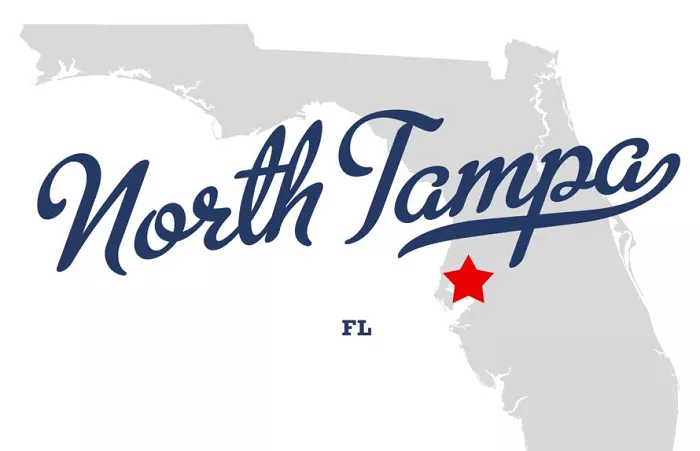Florida, known as the Sunshine State, is often divided into various regions that highlight its diverse culture, geography, and climate. One common division is between North and South Florida. This classification, however, can vary based on different perspectives, such as cultural, geographical, or administrative considerations. A frequent question that arises is: “Is Tampa in North or South Florida?” Let’s explore this topic in detail to understand where Tampa fits within Florida’s regional divisions.
Where is Tampa Located?
Now that we have a basic understanding of Florida’s regions, let’s focus on Tampa. Tampa is located on the west coast of Florida, along the shores of Tampa Bay. It is part of the Tampa Bay Area, which also includes cities like St. Petersburg and Clearwater. Geographically, Tampa is situated in the central part of the state, but its exact regional classification can be a bit more nuanced.
Tampa’s Geographical Position
Tampa is located at approximately 27.9506° N latitude and 82.4572° W longitude. This places it in the central-western part of Florida. While Tampa is often considered part of Central Florida, it is also sometimes associated with West Florida, a historical region that includes the western part of the state.
Is Tampa in North or South Florida?
Given its central location, Tampa is generally not considered part of North Florida or South Florida. Instead, it is most commonly classified as part of Central Florida. However, it’s worth noting that regional classifications can vary depending on the context. For example, in some discussions, Tampa may be grouped with South Florida due to its proximity to the Gulf of Mexico and its subtropical climate.
The Cultural and Economic Significance of Tampa
Tampa is not only significant for its geographical location but also for its cultural and economic contributions to the state of Florida. Let’s take a closer look at what makes Tampa a unique and important city in the region.
1. Cultural Diversity
Tampa is known for its diverse population, with a mix of cultures that reflect its history and location. The city has a strong Cuban influence, particularly in the historic neighborhood of Ybor City, which was once the cigar capital of the world. Tampa also has a vibrant arts scene, with numerous museums, theaters, and cultural festivals throughout the year.
2. Economic Hub
Tampa is a major economic hub in Florida, with a strong focus on industries like finance, healthcare, and technology. The city is home to several Fortune 500 companies and has a growing startup ecosystem. Additionally, Tampa’s port is one of the busiest in the state, contributing to its importance as a trade and logistics center.
3. Tourism and Recreation
Tampa is a popular tourist destination, offering a wide range of attractions and activities. Visitors can enjoy the beautiful beaches of the Gulf Coast, explore the Florida Aquarium, or take a ride on the historic streetcar in Ybor City. The city is also known for its sports teams, including the Tampa Bay Buccaneers (NFL) and the Tampa Bay Lightning (NHL).
Administrative Regions
Administratively, Florida is divided into regions for various purposes, including emergency management and public health. According to the American Red Cross, North Florida includes regions like Jacksonville, while South Florida encompasses areas such as Miami. Tampa falls under the Central Florida region in this classification.
Climate Considerations
Florida’s climate also varies from north to south. North Florida experiences a humid subtropical climate with cooler winters, while South Florida has a tropical climate with warm temperatures year-round. Central Florida, including Tampa, shares characteristics of both, with hot summers and mild winters. This climatic transition further complicates the strict division between North and South Florida.
Conclusion
Determining whether Tampa is in North or South Florida doesn’t yield a definitive answer, as the classification depends on the criteria used. Geographically, it lies in the central-western part of the state. Culturally and administratively, it aligns with aspects of both regions. Therefore, Tampa is best viewed as a unique blend of Florida’s diverse cultural and geographical landscapes, embodying elements of both North and South Florida.

